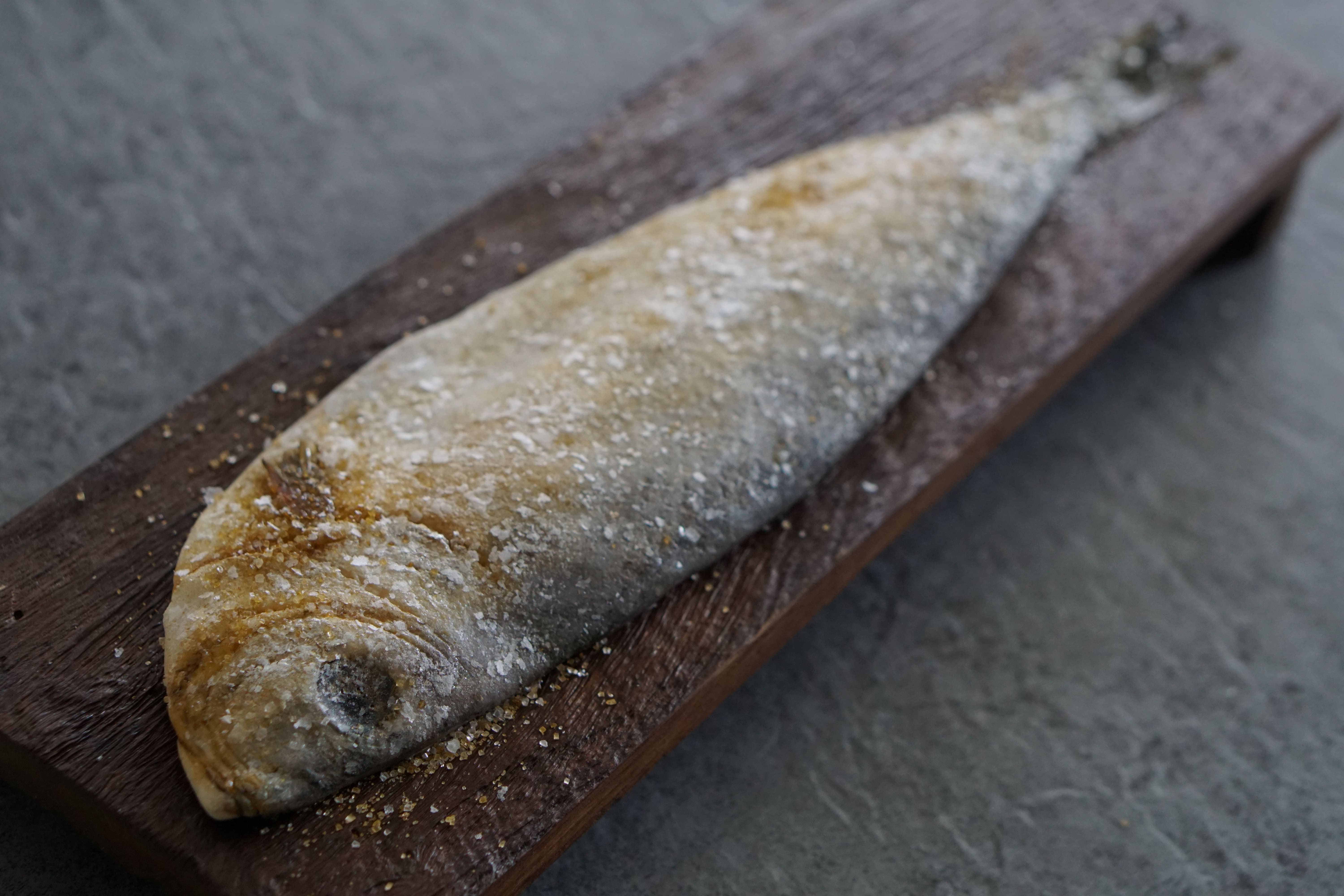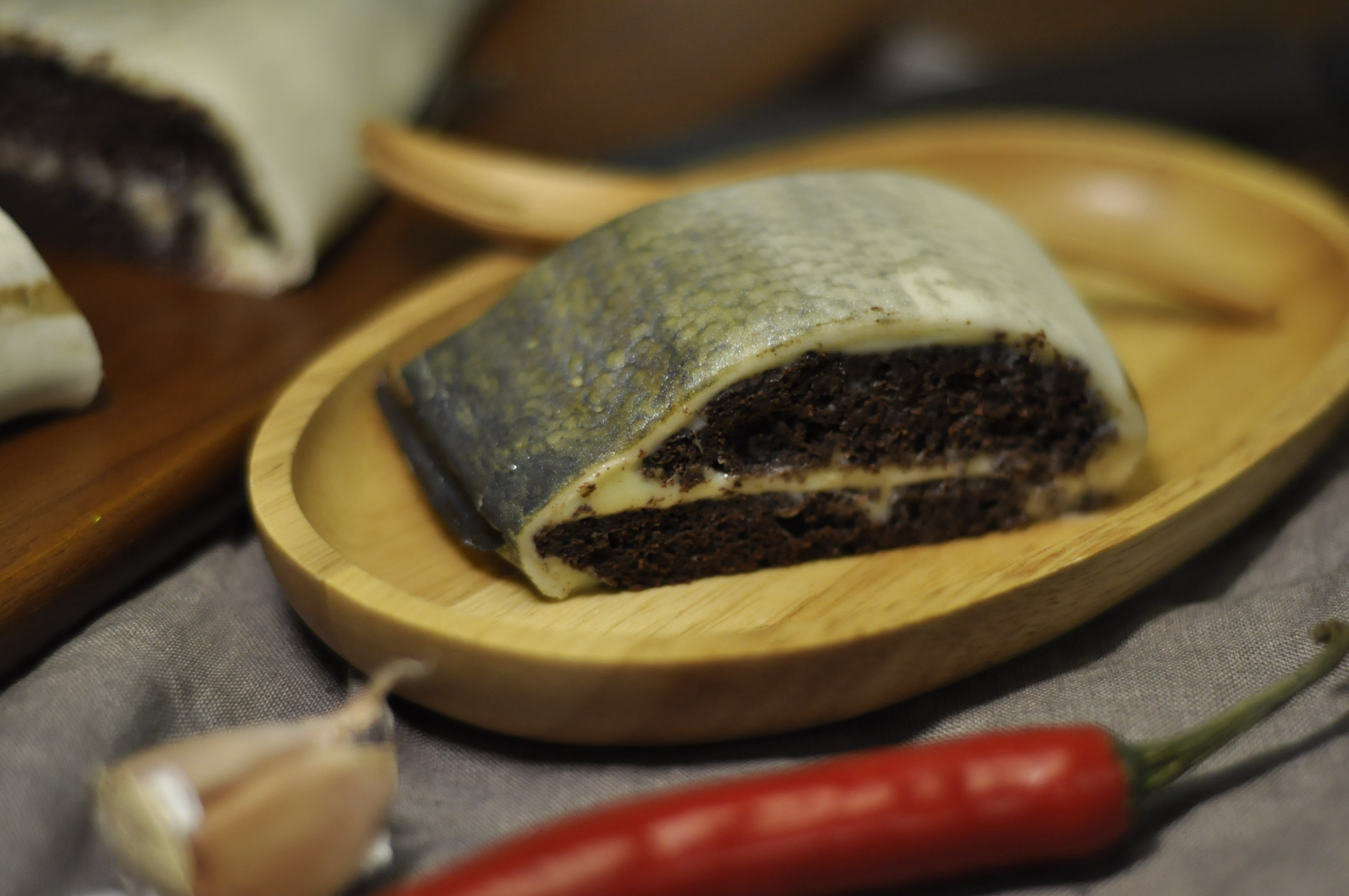In the trillion snack market, consumers from various age groups, regions, and cultural backgrounds exhibit diverse needs. Gen Z favors novel and fun flavor experiences, office workers seek the emotional value snacks provide, and health-conscious consumers prefer high-nutrition, low-guilt products. Accurately targeting these niche markets has become the key for brands to break through growth bottlenecks.
- What's new in the 2025 snack market?
- What do consumers currently prefer? Which sub-category have the most potential?
- How can brands achieve differentiated innovation while managing costs?
In the face of intense competition in the instant food industry, Baixiang Food has rapidly stood out by launching unique flavors such as cilantro, houttuynia cordata, and stinky tofu, effectively capturing the emotional needs of young consumers. Through innovative flavors and a powerful social media strategy, Baixiang has successfully transformed from a traditional brand into a trendsetter, achieving both traffic and sales growth. How do these "unconventional" flavors help the brand break through the boundaries? Differentiated product innovation and deep emotional resonance have become the key drivers for the transformation and breakthrough in the snack food industry.
As the healthy snacking trend gains momentum, salt reduction is quietly emerging as the next frontier in formulation innovation. Yet saltiness remains a key driver of craving and satisfaction—can snacks still deliver that bold, addictive flavor with less sodium? This session explores three core approaches—sensory enhancement, sodium alternatives, and flavor balancing—to reveal how brands can reduce sodium without compromising taste, achieving the best of both worlds: less salt, more delight.
The health trend is sweeping through the snack industry, with labels such as “low salt,” “low fat,” and “high protein” gaining widespread attention. Data shows that transitioning to clean-label products leads to an average 15% increase in overall revenue, an 11% rise in profit, and an 18% price premium. Derived from a “natural treasure,” yeast extract enhances umami, enriches texture, and balances off-flavors, unlocking new possibilities for snack innovation. With yeast, health and taste are no longer a trade-off!
From ingredients to formulations, and from physical health to emotional well-being, snacks seem to be on a mission to redefine health. How can we shed the "high fat, high sugar, high calorie" labels and turn snacks into guilt-free indulgences for consumers? Let's explore the new trends in making snacks healthier!
Under the impact of health-conscious consumption trends, "sweetness" is gradually becoming a burden. How can the traditional candy market find growth breakthroughs amid declining demand? As one of the largest candy companies in the U.S., boasting 22 iconic brands such as Nerds, Jelly Belly, Trolli, and SweeTart, Ferrara refuses to settle for the status quo. Instead, it is committed to reinventing candy with fresh and innovative twists. With its strong innovative DNA, Ferrara elevated the classic Nerds brand to new heights. By creating Nerds Gummy Cluster—a soft gummy ball coated with crunchy pieces that delivers a delightful combination of textures and flavors—Ferrara achieved a legendary leap in sales, growing from $40 million to $800 million in just six years, a remarkable 20x increase. In this session, we will delve into Ferrara's innovative practices and explore how meticulous attention to detail can breathe new life into classic candy brands.
With the functional candy market growing at an impressive 17.3% annual rate (Global Market Insights), traditional sweet flavors alone are no longer enough to captivate Gen Z. As health concerns and the experience economy reshape consumer behavior, we've observed a striking trend: 62% of Gen Z consumers are willing to pay over 40% more for emotional value (Nielsen 2023). This signals a new rule in the evolution of candy—creating multi-sensory experiences that go beyond taste.
In this interactive session, FBIF's media platform will crowdsource creative ideas from our audience and collaborate with R&D teams from Mars, Golden Monkey Food, Amos Foods, Perfetti Van Melle, Hsu Fu Chi, and White Rabbit to explore the feasibility of turning bold concepts into reality. Together, we will deconstruct how candy is evolving from a traditional FMCG product into a "three-in-one innovation"—an emotional booster, a social connector, and a tech-driven experience—reshaping the $400 billion global candy market.
Let's discover what kind of candy can capture the hearts of sweet lovers across all ages!
From elegant pastry displays to viral social media sensations, every meticulously designed cake is a dialogue between its creator and the audience. How can baking transcend taste to become a medium for visual expression, emotional storytelling, and even cultural identity? How does aesthetics bring deeper meaning to cake design?
This session invites you into the world of baking aesthetics, exploring how cakes blur the boundaries between food and art.


(Source: Provided by the speaker)
Oil-painted apples, lifelike fish and crabs, vibrant potted plants, and fashion-forward sneakers—these creations are more than just cakes. Through masterful use of color, texture, and form, they take on a new artistic identity. Witness these stunning pieces up close and experience the delightful illusion of edible art.
As baked goods become more mainstream in daily life, consumer demand has evolved beyond simple satiety to a more immersive experience driven by aesthetics and emotional value. According to iiMedia Research, 23.3% of consumers consider appearance and design as a key factor in their purchasing decisions, highlighting that "aesthetics" is becoming a crucial competitive advantage for baking brands.
With the rise of visual-driven consumption and the growing influence of social media, how can a baking product that combines stunning design with delicious taste stand out in a saturated market and maximize its commercial value?
In this discussion, we will explore how baking aesthetics can drive product innovation. The conversation will dive into expanding consumption scenarios, leveraging social media value, and successfully commercializing design-driven baked goods. Together, we will uncover how the baking industry can harness aesthetics and experience innovation to unlock new market growth opportunities.
When you think of cereal, do you associate it with health and nutrition but find it somewhat plain? Calbee is reshaping this perception with Frugra—a product designed to be both a meal and a snack. Utilizing a non-fried baking process, Calbee enhances the cereal's crisp texture while incorporating dried fruits and a variety of grains for a richer taste experience. As a leader in cereal innovation, how does Calbee strike the perfect balance between low-sugar formulations, nutritional optimization, and indulgent flavors in response to global health trends? What new opportunities lie ahead for the cereal category? This session will explore Calbee's R&D philosophy and brand innovation strategies, offering fresh inspiration for snack development and the future of healthy food innovation.
With high repurchase rates and broad appeal, egg tarts have long held their place on the bestseller list. However, as Gen Z consumers become more discerning, this classic category is undergoing an innovation revolution. From the savory-sweet fusion of bacon and cheese egg tarts to the irresistible "crispy crust + Maillard reaction" duo in caramel croissant egg tarts, trend-setting products are reshaping market demand.
As a leading player in the egg tart industry for 13 years, producing over 1 billion egg tarts annually, Zhongbei Foods will share insights on product innovation, supply chain optimization, and strategic channel expansion—charting the path from single-product success to full-fledged brand development.
What's the next growth driver for the egg tart category? How can brands differentiate themselves in an increasingly competitive landscape? Let's take a closer look at the future of egg tarts—and the bigger market opportunities they represent.
For many, Ovaltine is a cherished childhood memory. Once a comforting cup of warm, nutritious malted cocoa drink, it has now expanded into a diverse snack empire. The signature Ovaltine flavor has gone beyond beverages to become a nostalgic yet versatile taste sensation. From crispy bites and filled biscuits to Swiss rolls, layered cakes, and oat bars, Ovaltine seamlessly adapts to various snack formats—and even crosses over into ice cream, baking, and specialty drinks, creating endless surprises!
In this discussion, we will explore:
How does Ovaltine sustain its "nostalgic yet forward-thinking" innovation strategy in response to consumers' dual demands for health and novelty?
How do collaborations, co-creation with consumers, and health-focused upgrades help keep the brand fresh and relevant?
With the rising trend of "lower sugar, better nutrition," how can Ovaltine balance its classic flavor with modern health-conscious preferences, making childhood nostalgia more appealing to today's consumers?
Indulgence or health? Why not both! From guilt-free pleasure to mindful enjoyment, the chocolate market is undergoing a major transformation. In 2023, around 40% of consumers expressed a preference for sugar-free, low-sugar, or plant-based chocolates.
How can brands strike the perfect balance between reduced sugar and great taste? How can fruits and nuts be seamlessly integrated into chocolate for a healthier yet delicious experience? And what about functional chocolates packed with protein, dietary fiber, and probiotics—can they satisfy modern consumers' evolving needs? This journey into "health meets indulgence" is set to reshape the way we think about chocolate!
Cocoa is becoming scarce! Climate change, pests, and supply chain disruptions are all contributing to a "raw material crisis" in the global cocoa industry. According to the International Cocoa Organization (ICCO), global cocoa production in 2024 is expected to drop by 13% to 4.38 million tons, leading to soaring cocoa prices.
A "cocoa-free" revolution is quietly unfolding—scientists and food companies are exploring alternative ingredients such as grape seeds, carob, burdock root, oats, sunflower seeds, and even plant-based oils. Cargill and Voyage Foods use grape seeds and vegetable oils, Foreverland relies on carob, Ajikan selects burdock, and Planet A Foods has crafted "zero-cocoa chocolate" from oats and sunflower seeds. But can these alternatives truly save the chocolate industry? How do they compare in taste, texture, and market acceptance? In an era of cocoa scarcity, could they become the next big growth driver for chocolate? Let's dive into this ingredient innovation journey!
When chocolate becomes more than just a sweet treat—when it fuses art, flavor, and emotion—what kind of surprises can it bring?
At the World Chocolate Masters (WCM), every creation embodies craftsmanship and creativity, from sculptural designs to complex flavor profiles. Each bite tells a story of inspiration and mastery. This exclusive tasting session will bring together world-class chocolate creations, featuring insights from top pastry chefs and chocolatiers as they unveil the artistry behind their work.

